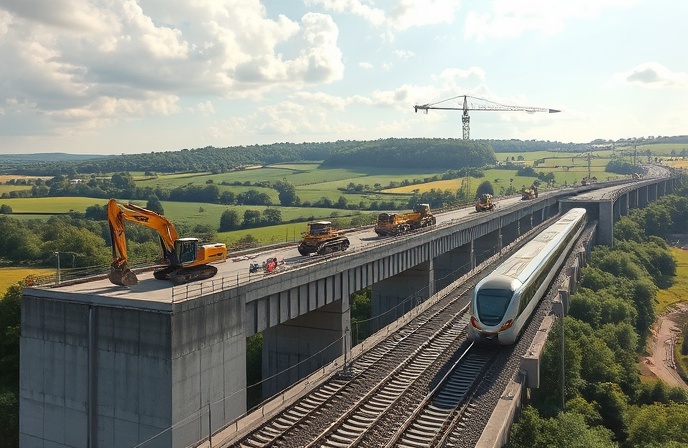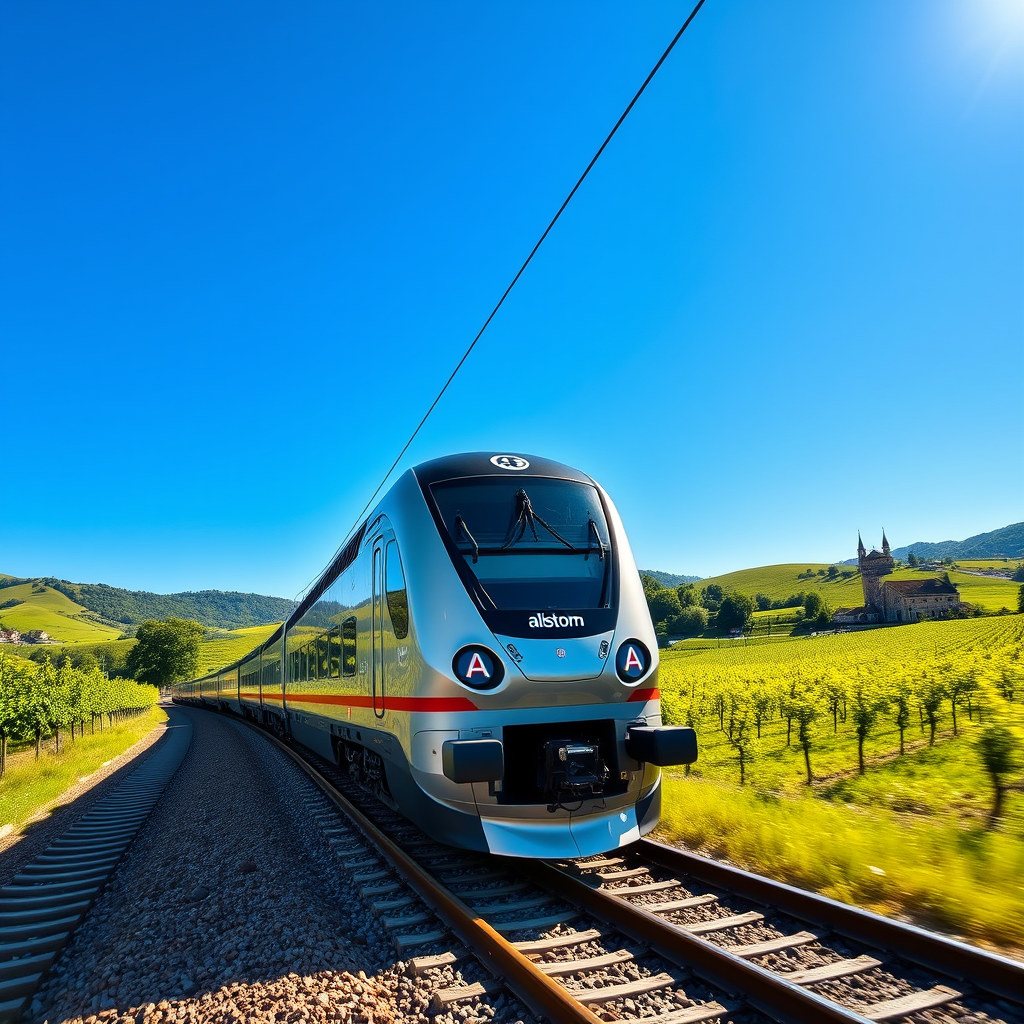LAX APM: Engineering Marvel, Transit Solution

This article explores the significant engineering feat of constructing the Automated People Mover (APM) system at Los Angeles International Airport (LAX), highlighting the complexities involved in such large-scale infrastructure projects and their wider implications for urban transportation and economic development. The project, part of LAX’s Landside Access Modernization Program, serves as a case study illustrating the challenges and rewards of implementing advanced transit solutions in a high-traffic environment. We will delve into the construction process, the technological aspects of the APM system, its impact on airport accessibility and regional connectivity, and the broader economic benefits, particularly in the context of Los Angeles’ preparations for the 2028 Olympic and Paralympic Games. The focus will be on the key players, the innovative engineering solutions employed, and the long-term strategic value of the APM for the city of Los Angeles.
The LAX Automated People Mover: A Modern Transit Solution
The LAX APM is a 2.25-mile electric train system featuring six stations designed to alleviate congestion at one of the world’s busiest airports. The system incorporates three stations within the terminal area, connected to the terminals via elevated walkways, and three external stations providing links to off-site parking, regional light rail, and rental car facilities. This integrated approach addresses multiple transportation needs simultaneously, improving passenger experience and overall airport efficiency. The project’s strategic importance is underscored by Los Angeles Mayor Eric Garcetti’s statement highlighting its role in resolving long-standing airport congestion issues.
Construction and Engineering Challenges
The construction of the APM guideway, undertaken by LINXS Constructors, a joint venture (JV) of Fluor, Balfour Beatty, Dragados USA, and Flatiron, presented substantial engineering challenges. The project, involving the placement of underground support columns and the pouring of over 69,700 cubic yards of concrete, required meticulous planning and execution. The timeline, beginning with the initial placement of underground support columns in November 2019 and culminating in the completion of the guideway structure, demonstrates the scale and complexity of the undertaking. The successful completion of this phase signifies a major milestone in the overall Landside Access Modernization Program.
Technological Advancements and System Integration
The APM system represents a significant investment in advanced transportation technology. While specifics of the Intelligent Transportation Systems (ITS) employed are not fully detailed, the automated nature of the system suggests the implementation of sophisticated control systems, signaling technologies, and potentially communication-based train control (CBTC) for optimized train operation and passenger safety. The seamless integration with other modes of transport, including regional light rail, reflects a broader commitment to integrated transit planning and improved regional connectivity.
Economic Impact and Long-Term Vision
The $4.9 billion APM project is a significant economic investment for Los Angeles. Beyond addressing immediate airport congestion, the improved infrastructure will boost the city’s competitiveness, enhancing its attractiveness as a travel and tourism destination. The project’s alignment with Los Angeles’ preparations for the 2028 Olympic and Paralympic Games highlights its role in supporting major events and ensuring smooth transportation for visitors and athletes. The long-term benefits extend to job creation during construction and sustained economic activity through efficient airport operations.
Conclusions
The successful completion of the LAX APM guideway structure marks a pivotal achievement in Los Angeles’s ongoing efforts to modernize its transportation infrastructure. The project showcases the successful integration of advanced engineering and technology to address critical transportation challenges within a complex urban environment. The APM’s innovative design, incorporating seamless connections with various transit modes, significantly improves airport accessibility and regional connectivity. This integrated approach is a key element in relieving long-standing congestion at LAX, enhancing passenger experience and optimizing airport efficiency. The $4.9 billion investment, while substantial, is justified by the long-term economic benefits, including increased tourism, job creation, and the enhanced ability to host major events such as the 2028 Olympic and Paralympic Games. The project serves as a compelling example of how large-scale infrastructure development can contribute significantly to a city’s economic growth and its ability to meet the evolving transportation demands of a global hub. The project’s success underscores the importance of strategic planning and collaboration between various stakeholders in undertaking complex and ambitious infrastructure projects. The lessons learned from the LAX APM project offer valuable insights into best practices for future large-scale transit implementations across the globe, emphasizing the importance of innovative engineering, effective project management, and a long-term vision for sustainable urban development.



